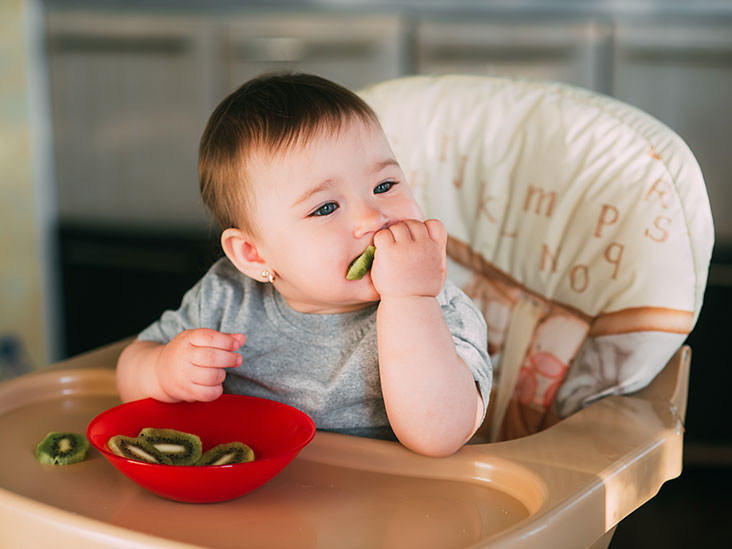Most parents feel the most extraordinary thing to them is their child, but that doesn’t mean you don’t want to keep your home as safe as possible. It can be challenging to remember every potential hazard and take necessary precautions in your home, but a few common-sense steps are easy to do.
Why a Home Can Be A Dangerous Place
Many people consider their homes safe places to relax and enjoy their time. However, this is not always the case. Homes can be a dangerous place for children if not correctly Kid-proofed.
One of the reasons why homes can be dangerous for children is that adults are often too busy to keep an eye on them. This is especially true if parents work outside the home. In addition, many adults do not have children’s safety as a top priority. This means they may not take proper precautions to protect their children from potential dangers in the home.
One of the best ways to Kid-proof your home is to install security cameras in every house room. This will give you footage of what is happening in each room. You can also install motion detectors and sound-activated systems in different parts of the house. This way, you will be able to detect any potential danger right away.
By taking these simple steps, you can ensure that your home is safe for your children.
Types of Hazards That Can Harm Your Child
Several hazards can harm your child, and protecting them from these dangers is essential. Here are some of the most common types of hazards:
1. Falls – One of the most common ways children get hurt is from falls. Children can be injured from falls on stairs, in their yards, or in homes. It’s essential to keep your home safe by installing safety rails and guardrails and making sure there are no sharp edges or corners where children could fall.
2. Poisoning – Children can also be harmed by poisonous substances that they come into contact with. This includes things like cleaning products, pesticides, and lead paint. It’s important to carefully read product labels and follow all safety instructions when using these substances around your child.
3. Fires – Fires can also be a dangerous hazard for children. If there is a fire in your home, ensure everyone evacuates the building quickly and safely. If any substance present could create a fire (like paint or furniture), do not let your child play near it.
By taking measures to protect your child from these hazards, you can help ensure
10 Ways to Keep Your Child Safe and Secure
1. Install safety locks on all the doors and windows in your home.
2. Make sure there are no places where a child could climb or hide.
3. Install alarms on all of the doors and windows in your home.
4. Keep all sharp objects, including knives and other kitchen utensils, out of your child’s reach.
5. Lock up any dangerous toys or equipment not needed in your home.
6. Teach your child about stranger danger and stay close to them outside playing.
7. Ensure all cabinets and drawers are locked when your child is not around.
8. Have a fire escape plan in case of an emergency evacuation.
9. Create a “safe place” for your child where they can go if they are feeling overwhelmed or scared in their home. This could be a playroom, their bedroom, or another particular spot in the house that you have designated as safe.
10. Talk to your child about what to do if they encounter someone they don’t know in their home: say nothing, call for help, or run away from the situation!
Conclusion
Kids are always running around and keeping them safe and out of trouble can be hard. It’s a challenge, but with a little planning and effort, you can make your home kid-proofed in no time. Here are some tried and true tips for keeping your kids safe while they’re at home.




